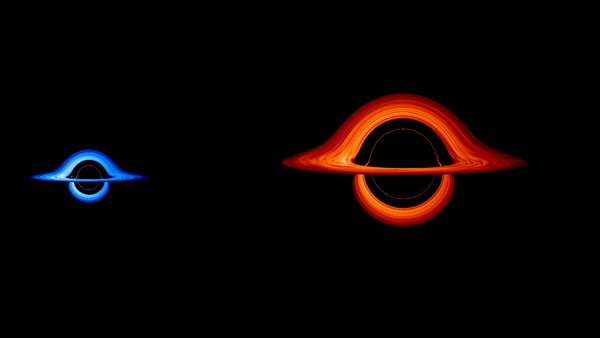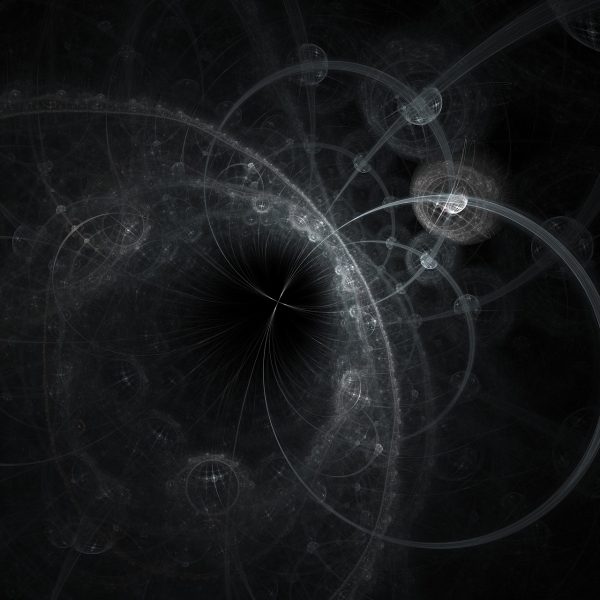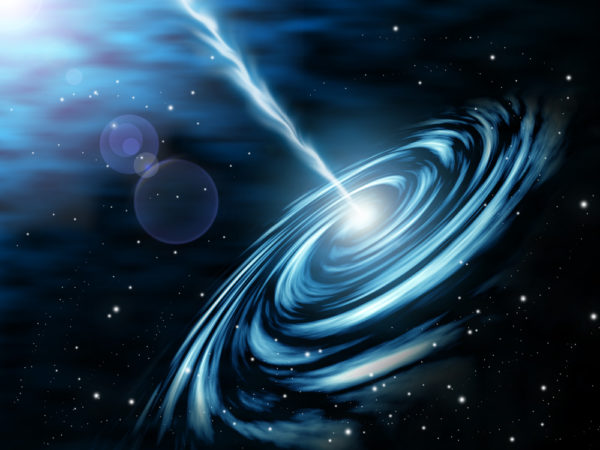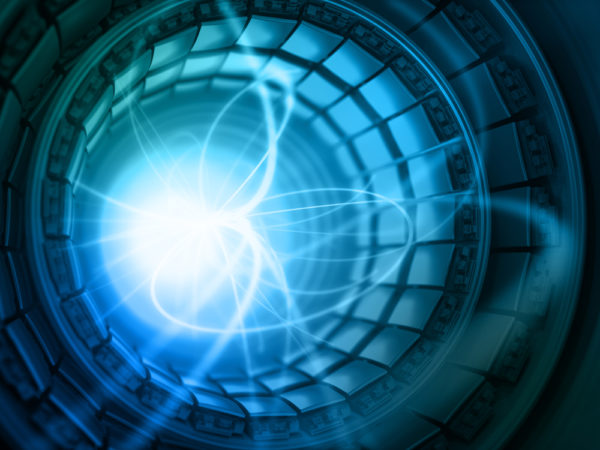U=(N/T)M*G: Strands
Like something out of Star Trek, or Star Trek fanfiction, this is one of those stranger than fiction moments. In fact, I think I’ve read this ST fanfiction. So, there’s cosmic threads cutting through the heart of our galaxy. A whole lot of other galaxies too. The fun part is no one knows what the hell they are. Galactic heartstrings? Road to Hell? Connections to a parallel dimension? No clue. Scientists think it might be from the black hole blowing out radiation, maybe. Honestly though, I think that’s the fun part. That point in time when we find a new … Read more










